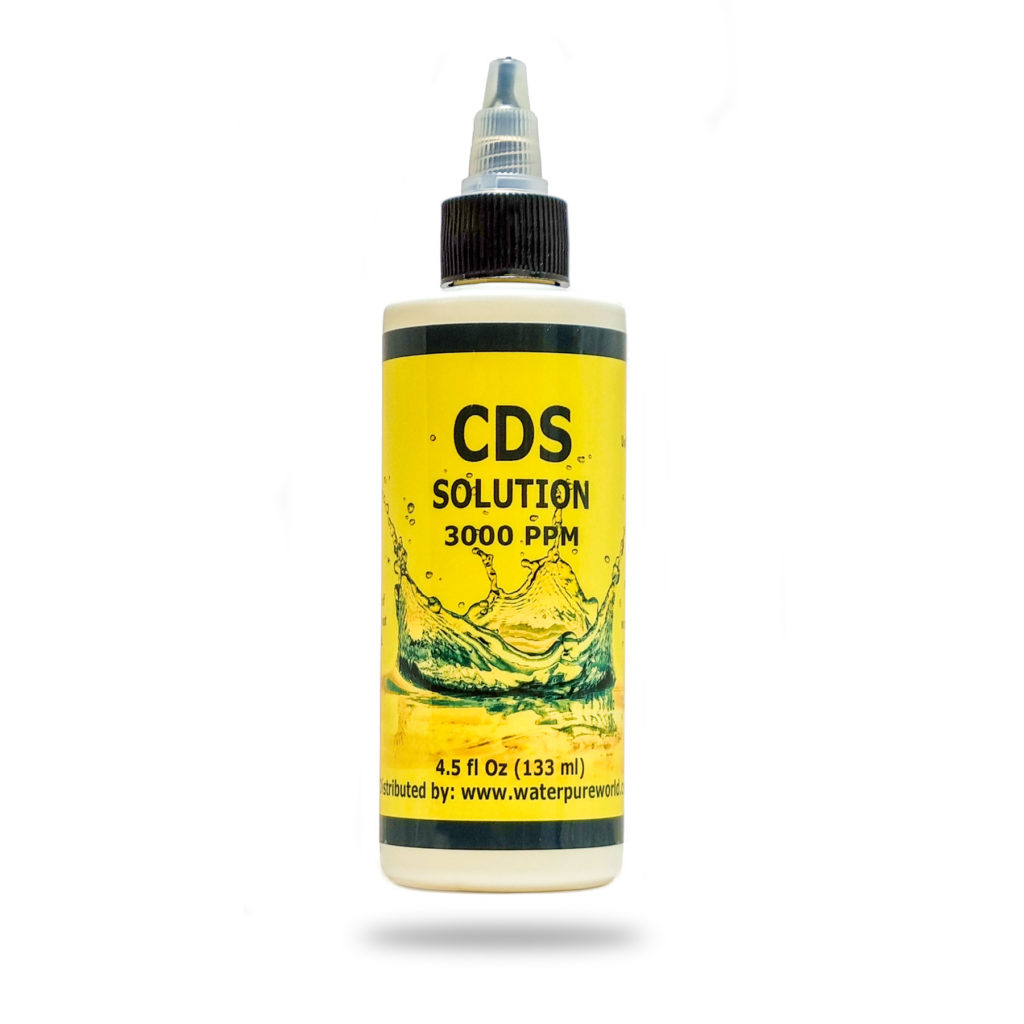Chlorine dioxide (ClO2) is a powerful disinfectant widely used in water purification processes due to its high effectiveness in eliminating bacteria, viruses, and other harmful microorganisms.
When introduced into water, chlorine dioxide penetrates the cell walls of these microorganisms, disrupting their metabolic functions and effectively neutralizing them. This transformation renders previously contaminated water safe for drinking.

Chlorine Dioxide Advantages
One of the notable advantages of chlorine dioxide over other disinfectants like ozone or chlorine is its ability to react directly with the cell walls of microorganisms.
This reaction does not depend on contaminant concentration or reaction time, making chlorine dioxide effective even against inactive microorganisms.
Additionally, microorganisms cannot develop resistance to chlorine dioxide, enhancing its effectiveness as a water treatment solution.
Overall, chlorine dioxide represents a powerful, efficient, and safe solution
for modern water treatment challenge
Water treatment
Chlorine dioxide (ClO2) plays a critical role in water treatment, renowned for its superior disinfection capabilities.
Its efficacy lies in its unique chemical properties, which allow it to effectively neutralize a broad spectrum of harmful microorganisms, including bacteria, viruses, and protozoa like Cryptosporidium parvum and Giardia lamblia.
Unlike chlorine, it does not react with most organic compounds in water, thereby reducing the formation of harmful disinfection by-products, which are often associated with traditional chlorination methods.
This characteristic makes it a safer and more environmentally friendly option for water purification.
Fruits & Vegetables
Chlorine dioxide (ClO2) is increasingly recognized as an effective and safe method for treating fruits and vegetables, offering significant advantages over traditional chlorine-based disinfectants.
This treatment is especially important for maintaining the microbial safety and quality of fresh produce, as harmful microbes can contaminate these products at any stage from farm to fork.
Optimizing the conditions for chlorine dioxide treatment could lead to safer and longer-lasting fruits and vegetables, offering benefits to both public health and the produce industry.
Chlorine Dioxide for Household Use
Chlorine dioxide (ClO2) is becoming increasingly popular for home use due to its potent disinfecting properties.
It’s primarily used in water purification systems to ensure drinking water is free from harmful microorganisms.
Beyond water treatment, chlorine dioxide is integrated into various household cleaning products, effectively targeting a wide range of pathogens, particularly useful in kitchens and bathrooms.
Additionally, it is found in certain air purifiers, helping to reduce airborne bacteria and viruses, thereby improving indoor air quality.
For oral hygiene, chlorine dioxide is an active ingredient in some toothpastes and mouthwashes, where its antimicrobial properties combat bacteria and help eliminate bad breath
It is crucial to use chlorine dioxide-based products safely and according to the manufacturer’s instructions, especially in home settings.
Proper handling and storage are important to prevent any potential risks associated with its use.
While effective, chlorine dioxide must be managed with care to ensure both its efficacy and safety in home applications.
